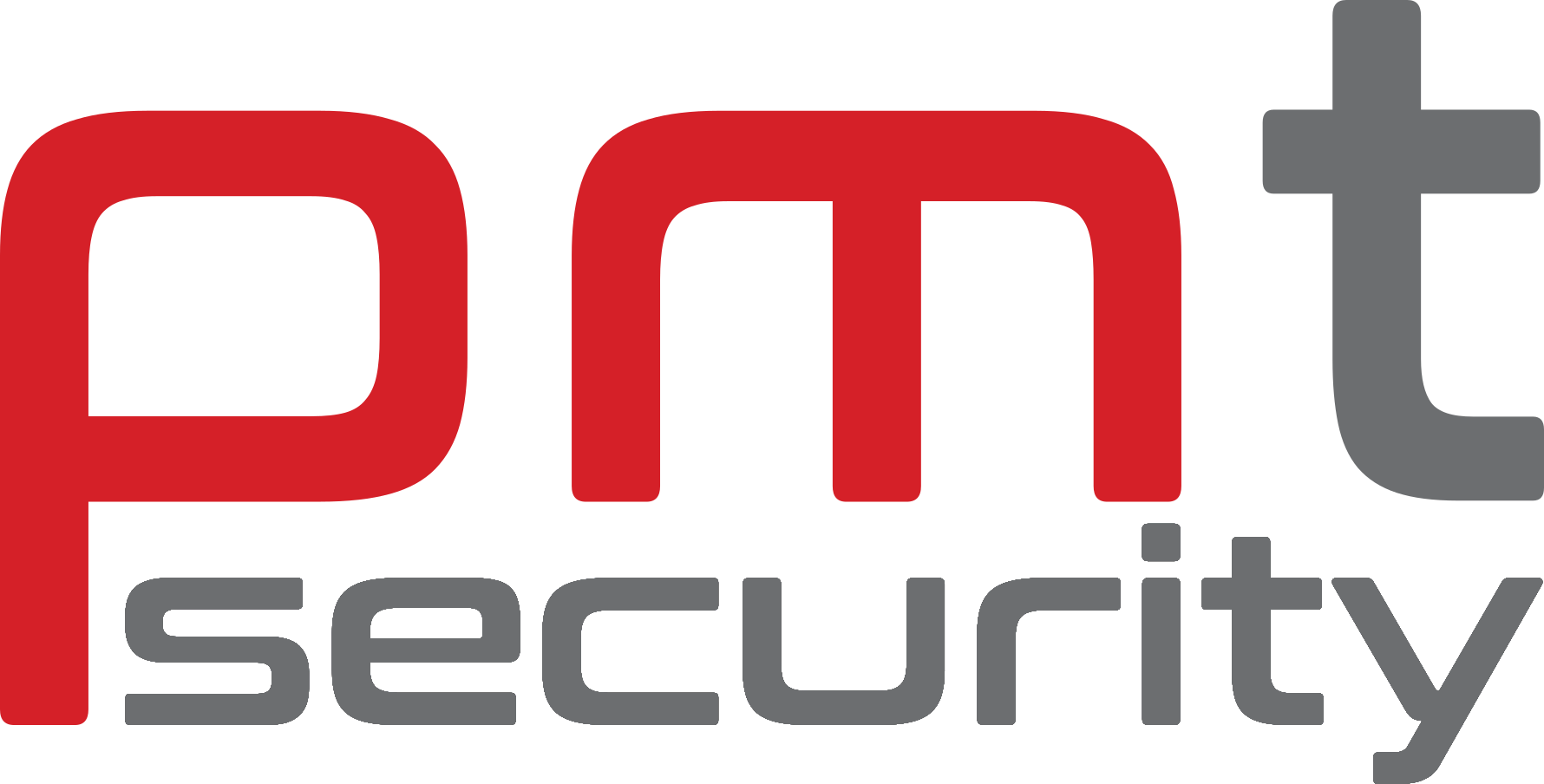OMNIA Firmware Upgrade Tool
Firmware Upgrade: Using the Firmware Upgrade Utility
Navigate to C:\OMNIA\bin\FirmwareUpgrade.exe

From OMNIA v2.20 a new firmware upgrade utility has been included with the software. From OMNIA v3.00, the old utility has been removed and only the new one is available by default.
Note: USB/RS232 ping is no longer available – Only IP based controllers and associated hardware can be communicated with. Comms test is no longer available.
Note: Automatic sync must be disabled in the Services view, or the OMNIA application/service must be shut down in order to perform firmware upgrades when running the utility from the same server as the Portal application/service.
Main interface:
When running the utility, you have 2 options to find a device – search the local subnet, or search using IP address.
If the host PC is on the same subnet as the hardware devices, you can click ‘Search for devices’ to list all controllers that are found.
If the host PC is on a different subnet, or if controllers cannot be found using the above method, you can search for a controller directly by IP address. Type in the IP address to search for in the text box below the ‘Search by IP’ button, then click the button when ready.

Once a device has been found, it will appear in the device list table. Select the device you want to work with by clicking on it.

Once it is selected, you can inspect device information and perform various functions in the three tabs in the lower portion of the screen:

Network:
This tab can be used to edit or set the IP details of the controller you are working with. Click ‘Apply’ to save changes.
Note, only system controllers can have these changes made here. For other devices, (Eg, door controllers, readers) that use IP settings, make these changes in the Discovery tool. If you make any changes, you will be prompted for a password. The default password for all devices is ‘masterkey’.

System Status:
This tab can be used to perform a selective upgrade (only upgrading certain devices), as well as other functions like clearing memory and setting a logical address.

On the system status tab, first click ‘Refresh’ to populate the device information pane.
This process will scan the controller and all communications buses for devices, then display these in the information pane. Devices are displayed in a hierarchical tree, with controllers first, followed by door controllers, reader modules, and finally readers (if readers can be upgraded).

To select a device for upgrade, click it once. A green check will appear on the right of the device name to indicate it has been selected for upgrade.

Once you have selected all the devices you want to upgrade, click on the ‘Upgrade Selection’ button.
The firmware upgrade utility will now begin upgrading firmware, starting with readers, then reader modules, followed by door controllers, then finally controllers. This upgrade order is to ensure all devices are upgraded, as upgrading the controller first would clear its memory, and would thus also lose communications with any IP based door controllers or readers.
During the upgrade, the progress bar displayed on the device will advance, and the current state of the upgrade is displayed in text above the progress bar.

Once the upgrade is complete, the progress bar will turn green, and the text will display ‘Upgrade Complete’.

Should the upgrade fail, the progress bar will turn red, and the text will display the reason for the failure. More details can be found in the utility log file – C:\Portal\logs\firmware.utility.log.

Firmware Upgrade:
Use this tab if you prefer the utility to perform an automatic firmware upgrade on all units that require new firmware (all units that have older firmware than that included in the system), select the unit in the device list table then click on the ‘Start Upgrade’ button

This will scan each device, including the controller, and upgrade the firmware where necessary. The process is carried out automatically for each device, one at a time.
You can save a log at any point in the upgrade process here by clicking the ‘Save Log’ button.

This will save an HTML formatted log of the upgrade operation to a location of your choice.
Advanced configuration:
Additional functions can be performed in the ‘System Status’ tab, by double clicking on a device to enter the advance configuration. For controllers, you can set the logical address (LA) and clear the controller memory. For other devices, only setting the LA is available.

To set the LA, select the LA the device requires from the drop-down menu, then click on ‘Set Logical Address’ button. To clear controller memory, click on the ‘Clear Memory’ button.
Additional functions:
To perform a forced upgrade (loading the same or older firmware) on a device, hold down the CRTL key on the keyboard when clicking the ‘Upgrade Selection’ button in the ‘System Status’ tab.
Old firmware upgrade tool:
Should you need to use the old firmware upgrade tool, it can still be installed from the PortalAddons installer in C:\OMNIA\client\OMNIAAddons.exe. It will be installed to C:\OMNIAAddons


Need further assistance?
